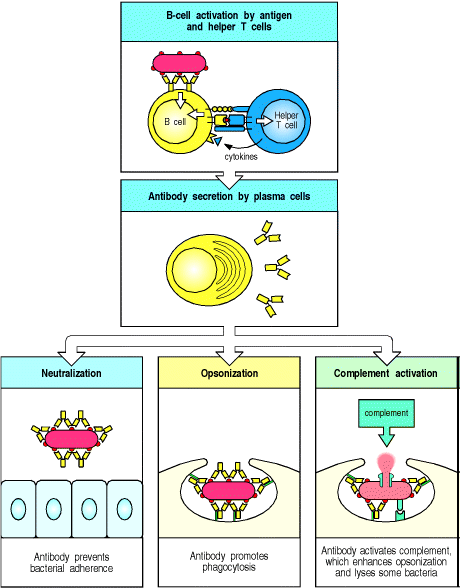1. Briefly describe the process of inflammation in an area that has been traumatized.
Increased blood flow to the inflamed area is the first sign of inflammation, which begins when vasodilation occurs at the site in response to tissue trauma. Since more blood is being pumped to the area, it is becoming increasingly red and warm. In the event that the endothelial cells become "leaky," there is an increase in permeability as well. There are two potential causes of this occurrence: chemical mediators and direct injury to endothelial cells. Fluid, proteins, red blood cells (erythrocytes), and white blood cells (leukocytes) are able to leave the intravascular region due to a rise in osmotic pressure outside the blood vessels and an increase in hydrostatic pressure inside the blood vessels. Finally, vasodilation and fluid exudation reduce the rate at which blood is flowing, providing more time for chemical mediators and inflammatory cells to gather and respond to the stimulus.
2. Choose one type of Immunity (Innate and Humoral) and explain how its mechanism protects our body.

Figure 1: The antibody molecules released by plasma cells mediate the humoral immune response.
When an antigen binds to a B-cell antigen receptor, the B cells respond by sending signals and ingesting the antigen to be processed into peptides that activate helper T cells. To produce an antibody, a B cell must first divide and then develop into a plasma cell in response to signals from the bound antigen and the helper T cell (top two panels). There are three basic ways in which these antibodies defend the body against infection. By binding to pathogens, they can reduce their toxicity or infectivity. The process is known as neutralizing (bottom left panel). Opsonization is the process by which pathogens are coated in order to be taken up and killed by accessory cells that recognize the Fc regions of arrays of antibodies (bottom center panel). The complement system may also be activated by antibodies. In addition to boosting opsonization, complement proteins can directly kill particular strains of bacteria (bottom right panel).
———————————————
References:
- Janeway, C. A., Travers, P., Walport, M., & Shlomchik, M. (2001). Immunobiology: the immune system in health and disease (5th ed.). New York: Garland Publishing.
- Tortora, G. J., & Derrickson, B. H. (2017). Principles of Anatomy and Physiology (15th ed.). Wiley.